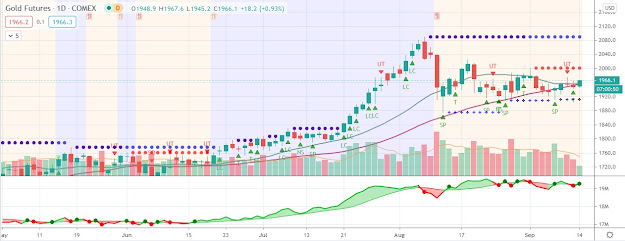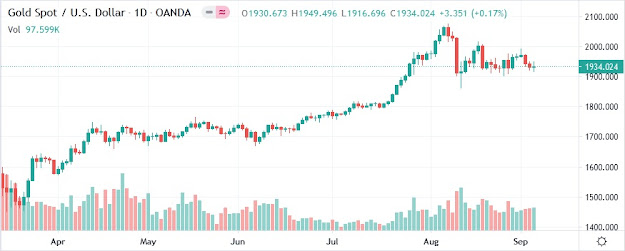So long as deflation remains the Fed’s chief threat, the gold price is likely to remain well supported
 The gold price rallied $19.27 to $1,760.79 per ounce Thursday morning after the European Central Bank (ECB) unexpectedly cut its benchmark interest rate by 25 basis points to 1.25%. The price of gold traded modestly lower near $1,725 in overnight trading, but turned sharply higher as ECB President Mario Draghi – who took over for Jean-Claude Trichet earlier this week – wasted little time in providing a clear signal on the severity of the European sovereign debt crisis.
The gold price rallied $19.27 to $1,760.79 per ounce Thursday morning after the European Central Bank (ECB) unexpectedly cut its benchmark interest rate by 25 basis points to 1.25%. The price of gold traded modestly lower near $1,725 in overnight trading, but turned sharply higher as ECB President Mario Draghi – who took over for Jean-Claude Trichet earlier this week – wasted little time in providing a clear signal on the severity of the European sovereign debt crisis.Although the Fed did not launch a third round of quantitative easing (QE3) – as some economists were predicting –the FOMC’s tone was more dovish than expected. Evans’ dissent, coupled with the lack of hawkishness from the other Presidents, helped signal that the Fed is “clearly inching towards easing further,” Greenhaus asserted in a note to clients.
While Greenhaus did not discuss the implications of further easing for the gold price, history suggests that they would be particularly positive for the yellow metal. At the post-FOMC press conference, Chairman Bernanke once again noted that inflationary risks remain low, while the deflationary impact of high unemployment and weak real estate markets continues to be a significant drag on the economy. So long as deflation remains the Fed’s chief threat, the gold price is likely to remain well supported.



Comments
Post a Comment